Seeing Frankenstein Through the Eyes of a Guthrie Dramaturg
Editor's Note: Dramaturgs have been the mainstays of theater for centuries — and for good reason. The amount of reading and research required to understand a play’s script (text) and the world it was written in (context) is staggering, especially when it relates to a novel published 200 years ago like Mary Shelley’s Frankenstein.
Library guest blogger and Guthrie staff member Kaitlin Schlick talked with Carla Steen, one of the Guthrie’s resident dramaturgs, about her unique behind-the-scenes role and what she uncovered during her research for the Guthrie’s upcoming production of Frankenstein – Playing with Fire. Following the Q&A, check out our staff-recommended reading lists about all things Frankenstein, and learn more about an upcoming event at George Latimer Central Library featuring a dramatic reading of scenes from the Guthrie's production.
By Guest Blogger Kaitlin Schlick, Guthrie Theater
Kaitlin Schlick: Inquiring minds want to know — what does a dramaturg do?
Carla Steen: Dramaturgs do research and reading to understand the context of the play. Why and when was it written? How does it fit in with the playwright’s body of work? What is the time period and what should we know about it? For Frankenstein – Playing with Fire, we had to study two writers: novelist Mary Shelley and Minnesota playwright Barbara Field. To prep for this play, I’ve done a lot of reading about Shelley, her influences and the circumstances surrounding her when she wrote the novel.
As part of my process, I attend early stages of rehearsal to be part of the conversations about the play. Then I step back a bit until the cast begins to run the show in the rehearsal room. From that moment to the last of the preview performances, I’m looking for clarity of storytelling and may provide feedback to the director.
KS: How does your research benefit the production?
CS: If authenticity is wanted for a production, the research can be very useful and fairly detailed, such as explaining terms or describing events that were important during the period but have since fallen out of use or memory. In Frankenstein – Playing with Fire, there are memory scenes set in a specific period. Those scenes contain references to outside literature, locations, scientific methods and prominent people. My role is to explicate those references so actors feel comfortable and confident conveying an idea or talking about a person.
KS: Holding all that information in your head feels like a huge task. Where do you even begin?
CS: The first step is to read the script several times and become as familiar with it as possible. When there is a source novel like Frankenstein, I’ll also read that. After talking with the director (in this case, Rob Melrose) about what they are interested in and the things they’d like to know, I create a list of topics to research — some very broad, some very specific — and start searching for books and articles. Because it’s the 200th anniversary of Frankenstein’s publication this year, there’s so much good information out there.
KS: Mary Shelley published Frankenstein in 1818 and revised it in 1831. What prompted the changes?
CS: The 1818 novel was published anonymously after Mary Shelley spent 18 months working on it. She was a 20-year-old mother of two newly married to poet Percy Shelley, and this was her first major piece of writing. By the time she revised it in 1831, both of those children and her husband had died, leaving her a single mother of her last surviving child with Percy. After Percy’s death, she became the keeper of his legacy, and some of the changes she made to the 1831 version were done in that vein.
In both versions, Victor grows up with Elizabeth and (spoiler alert) eventually marries her. In the 1818 version, Elizabeth is Victor’s first cousin on his father’s side. In the 1831 version, she is an orphan whom the Frankenstein family takes into their household. There’s some speculation that Shelley changed Elizabeth and Victor’s relationship because, in earlier years, she and Percy and others in their circle had been whispered about and shunned for their unconventional private lives, and she wanted to distance herself from those rumors.
In the 1818 version, Victor describes seeing an oak tree obliterated by lightning when he was 15 years old. In the 1831 version, Shelley revises the event so that afterward, Victor learns about a theory of galvanism — in broad terms, how electricity reacts with biology, based on the work of Luigi Galvani. While neither version tells how Frankenstein actually brings his Creature to life, this little reference to galvanism suggests the direction Frankenstein’s work takes.
There’s also a difference in how Frankenstein is portrayed in each version. In the earlier version, he appears to be more in charge of his own decisions and behavior, but in the revised version, he seems to be a victim of fate. Another major feature of the 1831 novel is that it includes an introduction written by Shelley, in which she describes how she came to write the story. This is the primary source we have about the novel’s origins.
Overall, the 1831 novel seems to reflect the work of a mature woman and writer whose ideas may have changed over the course of 13 years. There’s quite a lot of debate today about which version more accurately reflects Shelley’s own view.
KS: Why does this story deeply resonate with us 200 years later?
CS: I chalk it up to two things. First, it’s a terrific story that catches the human imagination. Even if people have never read the novel, it’s extremely likely they have heard of Frankenstein and can probably identify a few basic facts about the story. Frankenstein has been described as a modern myth, and myths run deep in people’s lives and experiences. Certainly the many film versions have only contributed to its place in our modern imagination.
Secondly, I think Shelley was asking questions about science and human ability that we continue to wrestle with today. Did Frankenstein go too far in bringing his creation to life? Or was his fault merely that he abandoned the project when it didn’t meet his expectations? Today we have cloning, genetic experimentation, artificial intelligence, genetically modified foods, organ transplants and so much more that raise the same ethical and moral questions Shelley asked 200 years ago. Can science go too far, and what responsibility do we have over the results of our experiments? In the play, young Victor Frankenstein tells his Creature, “Men do not love their mistakes.” The time to realize an experiment is a mistake isn’t when it’s alive and standing in front of you. That was true in 1818, and it’s true today.
KS: What are the differences and similarities between Mary Shelley’s novel and Barbara Field’s adaptation?
CS: The basic outlines of Shelley’s story are in the play: a young man with intelligence and an obsession goes to university, creates a living being, abandons it and both he and the Creature pay for it the rest of their lives. There are many details from the novel that don’t make it into the play. But the biggest difference is how Barbara frames the story, which I find incredibly exciting and engaging. She sets the play at the North Pole on the summer solstice.
Before the play starts, Frankenstein and the Creature have chased each other across the world seeking revenge for an uncertain number of years. Now, on the longest day of the year, they stop and have a conversation, agreeing to set aside their differences for this one day and ask each other questions. Through a catechism, they revisit memories of major events in their lives — and from the novel — and they learn about each other. They may not like the questions or the answers, but they eventually, if somewhat begrudgingly, come to see the humanity in the other that has previously eluded them. Although Barbara’s imagined conversation doesn’t exist in the novel, it very much captures the story’s spirit, themes and ideas.
KS: Why does the years-long chase between Frankenstein and the Creature end at the North Pole?
CS: The North Pole, as the Creature says, is the top of the world. It’s also isolated and desolate, which has an echo in the novel. When Frankenstein and the Creature meet for the first time, it’s on a glacier in the Alps that Mary Shelley described as “the most desolate place in the world” when she visited it. I don’t know if Barbara had that scene specifically in mind for her setting, but the connection is there.
Frankenstein and the Creature are the only two beings present, and all roads, as Frankenstein says, lead south. So the North Pole could be seen as an ultimate end destination. Leaving it means starting over again, which makes it a fitting place to stop and talk. It’s also an almost otherworldly setting perfect for a science fiction story. The setting allowed our creative team (set designer Michael Locher, costume designer Raquel Barreto, lighting designer Cat Tate Starmer and sound designer Cliff Caruthers) to be creative with the design elements. There aren’t many plays set in the North Pole.
KS: What was the best thing you uncovered during your Frankenstein research?
CS: I don’t know if I can narrow it down to one thing! My favorite broad topic was getting to know Mary Shelley’s life and inspiration for writing the book. I’ve been a Jane Austen fan for years, and to think about Frankenstein being published within months of Austen’s Persuasion was interesting to me. The fact that two English women wrote about such different ideas and people opened up my view of the early 19th century.
Anyone who is interested in the novel should read a book published just this year: Making the Monster: The Science Behind Mary Shelley’s Frankenstein by Kathryn Harkup. She goes into great detail about what scientists of the time knew about biology, electricity and anatomy, as well as the information and resources Victor Frankenstein would have needed to preserve a collection of body parts, piece them together and bring them to life. She holds it all against a background of what Shelley knew through her own reading and the interests of people around her. I highly recommend it and — better yet — you can check it out at the Saint Paul Public Library!
KS: Team Frankenstein or Team Creature?
CS: Team Creature. I’m not unsympathetic to Frankenstein (especially as he’s portrayed in our play), but he abandoned a living being. He needs to own that.
Kaitlin Schlick is a marketing manager at the Guthrie Theater in Minneapolis. As resident media maven, she stays highly caffeinated so she can keep up with all things email, social and web.
Purchase Tickets
Frankenstein – Playing with Fire is playing now through October 27 at the Guthrie Theater. To learn more and purchase tickets, visit guthrietheater.org.
A Dramatic Reading of Frankenstein – Playing with Fire at George Latimer Central Library
Tuesday, October 9, 12-1 p.m. | Magazine Room
To celebrate the 200th anniversary of Mary Shelley’s Frankenstein, SPPL and the Guthrie Theater invite you to a dramatic reading of Frankenstein – Playing with Fire, which is now playing at the Guthrie. Written by Minnesota playwright Barbara Field in response to Shelley’s novel, this haunting play imagines a confrontation between a dying Frankenstein and his Creature where they attempt to right their greatest wrongs.
Students enrolled in the University of Minnesota/Guthrie Theater B.F.A. Actor Training Program will read selected scenes from noon to 1 p.m. in the Magazine Room, and Guthrie staff will be on hand to discuss the creative process and answer questions about the production.
Read More with the Library
Check out our staff-recommended reading lists about all things Frankenstein.


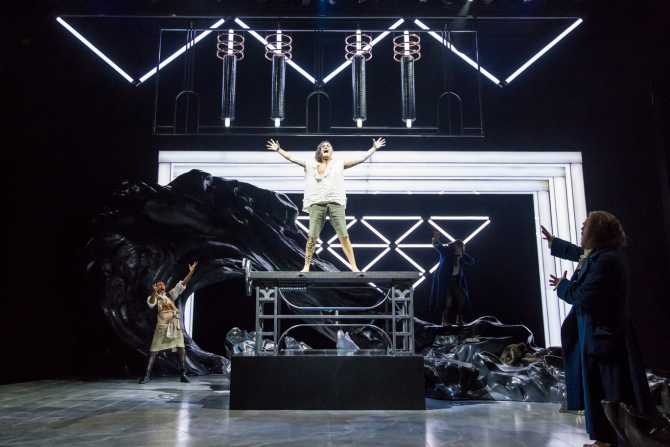
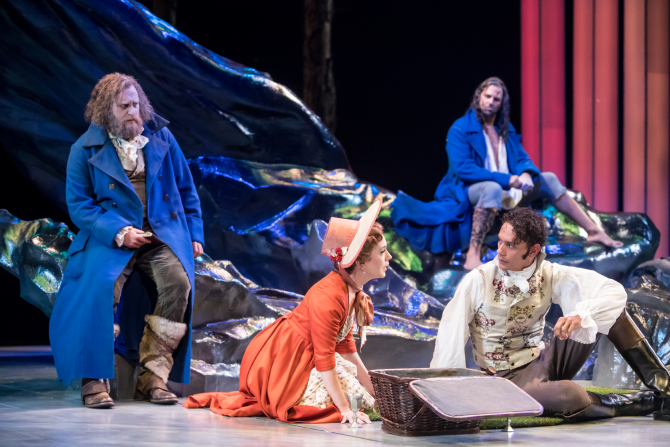
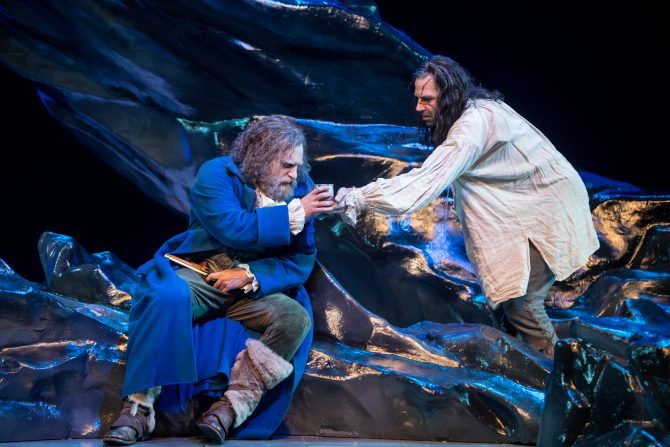
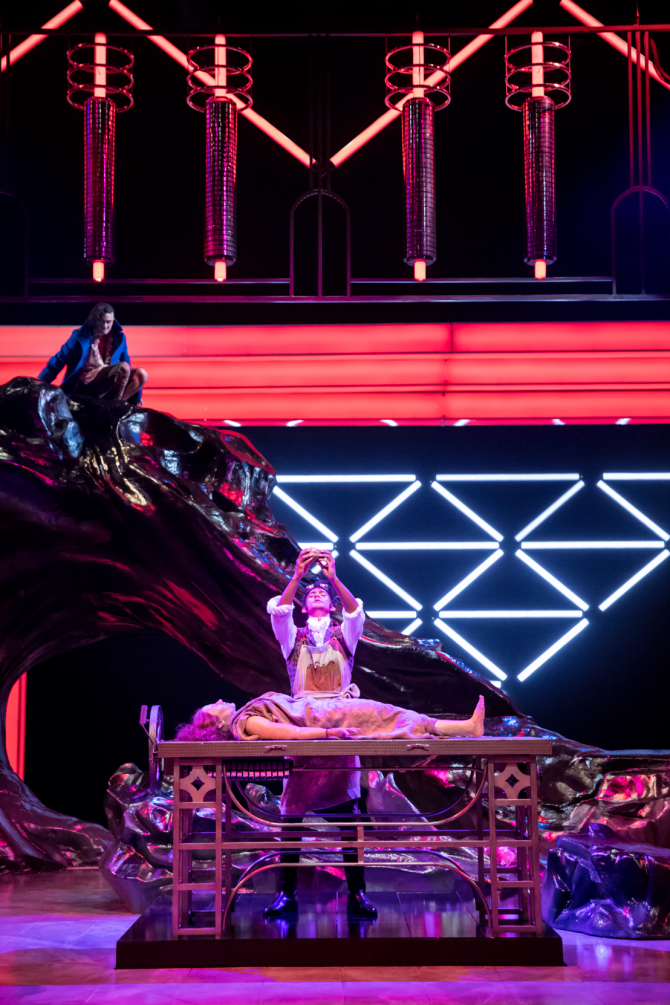

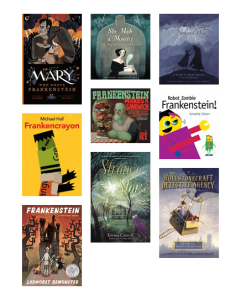

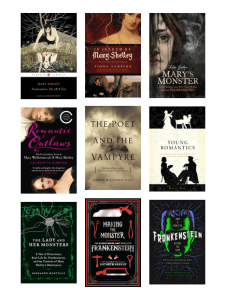


Add a comment to: SPPL and The Guthrie Celebrate the 200th Anniversary of Mary Shelley’s “Frankenstein”